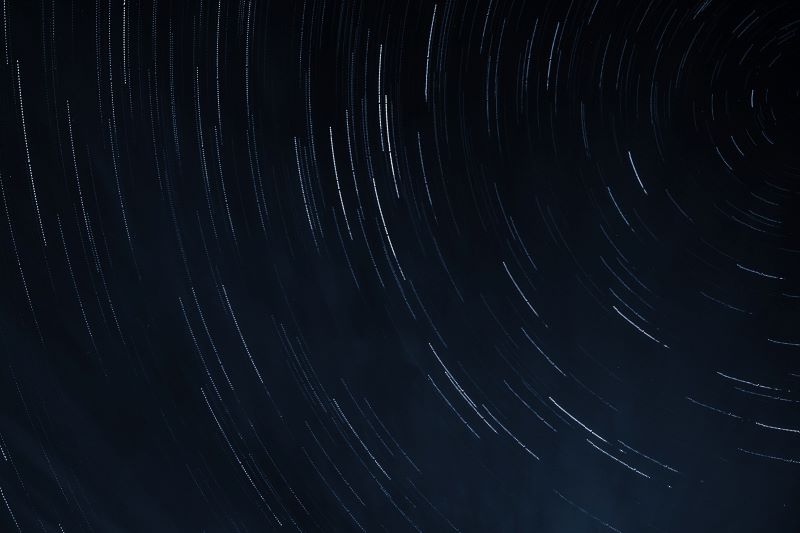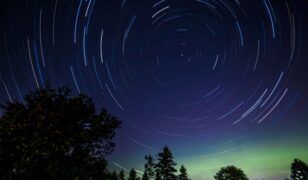Space debris greater than 10 centimeters can effectively be tracked using ground radar, with collision avoidance alerts going out to spacecraft operators to adjust their assets’ orbits accordingly. But small debris is an unaddressed and growing threat. Alarmingly, while estimates suggest that more than 100 million objects greater than a millimeter in size are whizzing around Earth, less than 1 percent of this dangerous debris is currently being tracked.
SRI researchers are seeking to address this growing and unaccounted-for menace with an innovative approach to tracking space debris, SRI announced October 4. The researchers call it SOTERIA (Space Object Tracking and Evaluation via Radar Integration and Analysis), named after the goddess in Greek mythology for safety and preservation from harm.
“Space debris poses a serious threat to our continuing use of space across all domains of science, communications, commerce, and intelligence,” said Lin van Nieuwstadt, a senior engineer at SRI and principal investigator for SOTERIA. “With the SOTERIA project, we hope to extend reliable tracking of objects in space down to previously unobservable scales, thereby preserving humankind’s ability to utilize the final frontier.”
“We want to be able to track space debris particles that are merely the size of a grain of sand,” said Tony van Eyken, director of the Center for GeoSpace Studies at SRI and co-principal investigator for SOTERIA. “Particles that small can still impact with a tremendous amount of energy. If you’re a satellite operator, you care if your asset is in line to be hit by one of these specks.”
The premise of SOTERIA is to leverage existing ground-based radars, alongside a suite of detector instruments placed on spacecraft launched in coming years, to ubiquitously track small space debris through a host of signatures.
One such signature is the incidental illumination of objects by radio signals from ground radar that could reach back to our planet’s surface, so long as we know how to distinguish these faint signals. The scattered radio wave signatures might further be distinguishable via localized spaceborne sensors.
Another signature under investigation is the tiny “wakes” created by debris as it careens through plasma in the upper reaches of Earth’s atmosphere and in vast radiation clouds farther out in space.
To pursue these aims, SOTERIA was recently selected by the Intelligence Advanced Research Projects Activity (IARPA), the advanced R&D arm under the Office of the Director of National Intelligence, for further development as part of the SINTRA (Space Debris Identification and Tracking) program.
For the project, SRI is working on data collection and analysis, algorithm-development tracking, and overall project management. SRI is collaborating with two Virginia-based subcontractors: Leidos, a defense, aviation, and information technology company that’s doing plasma modeling, and space technology company SCOUT Space Inc., which is working on the spaceborne sensors and planning for their deployment.
With a long history of developing and implementing satellite tracking technologies, SRI brings significant expertise to the project.
“SRI researchers have decades of experience using ground-based radar for the detection and the tracking of objects in space,” said van Eyken. “Based on this legacy, we are excited to be a part of the SINTRA effort with SOTERIA.”
Source: SRI
Stay in the know with breaking news from across the IC and IC contracting landscape by becoming a paid subscriber to IC News. Your support makes our work possible.









